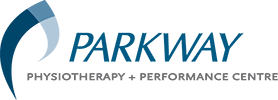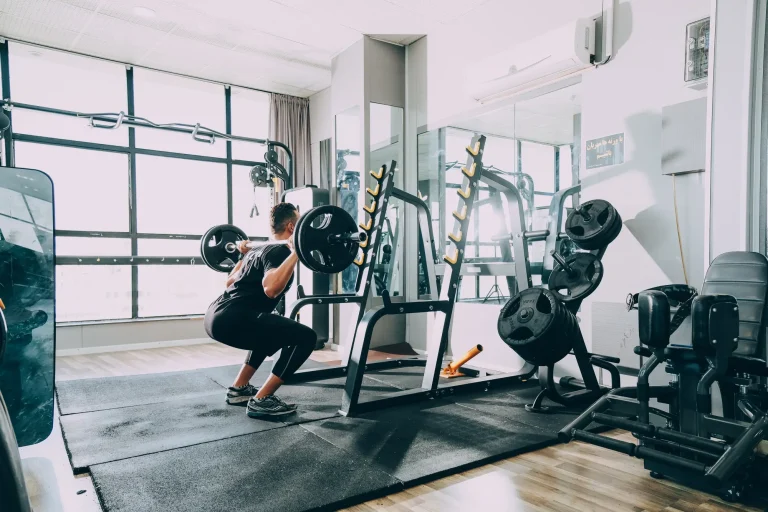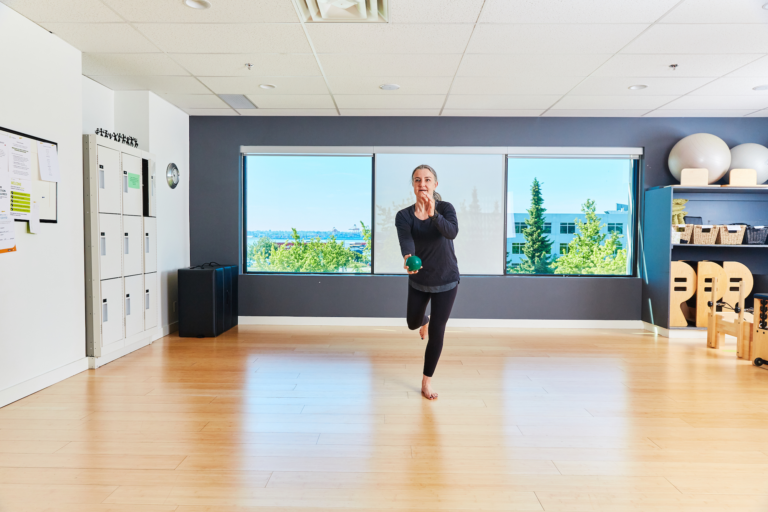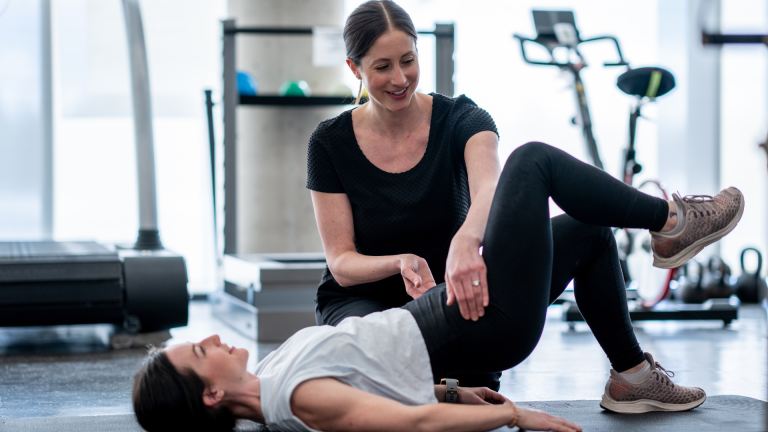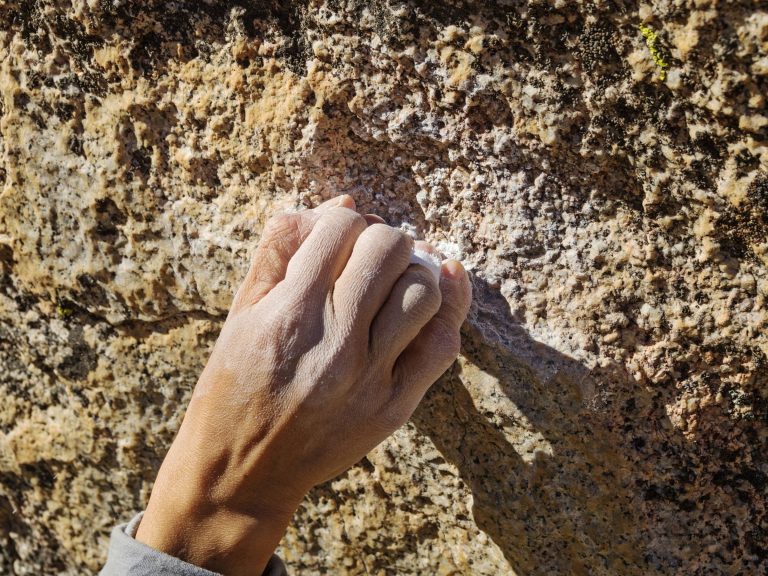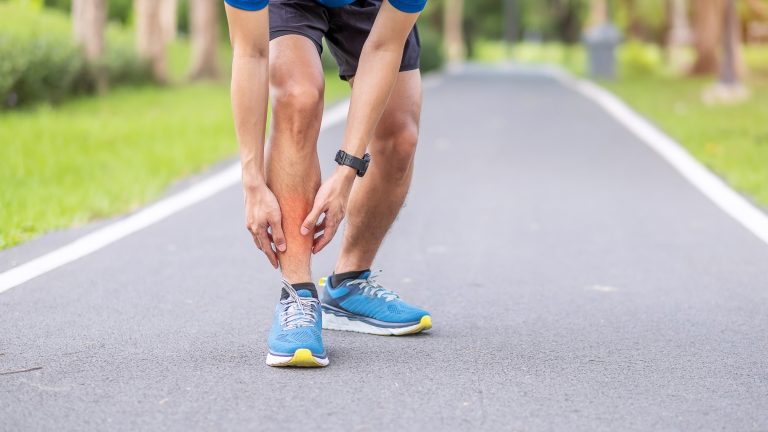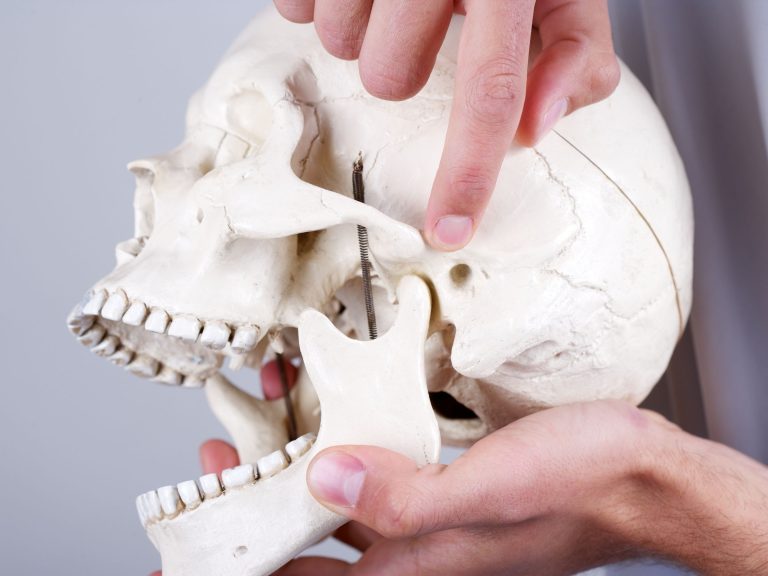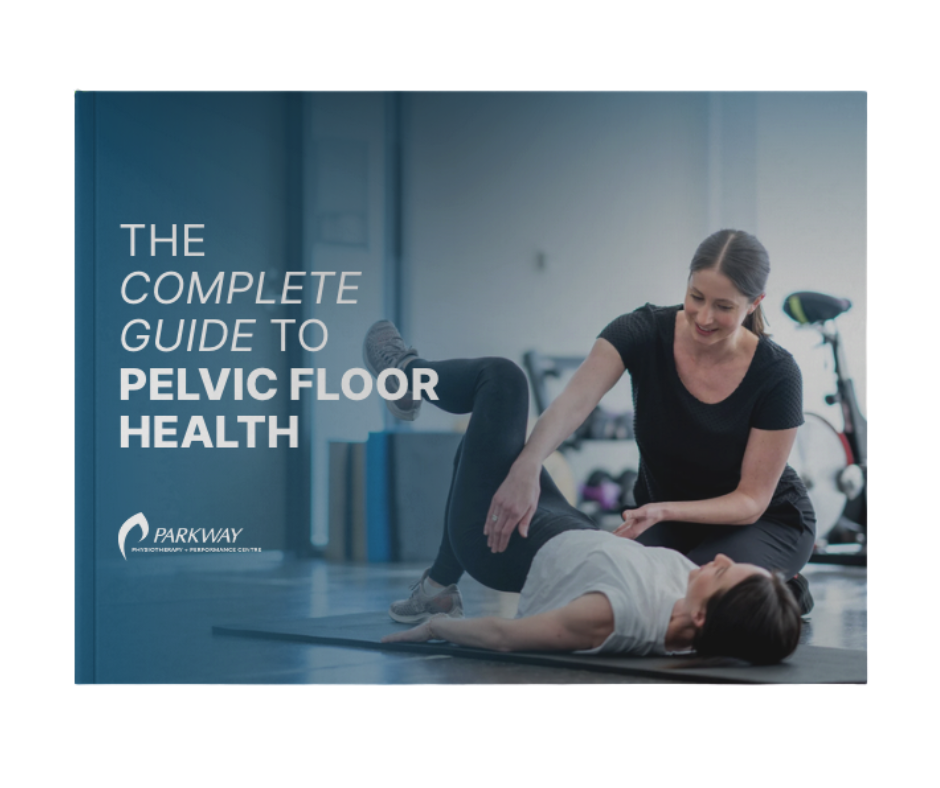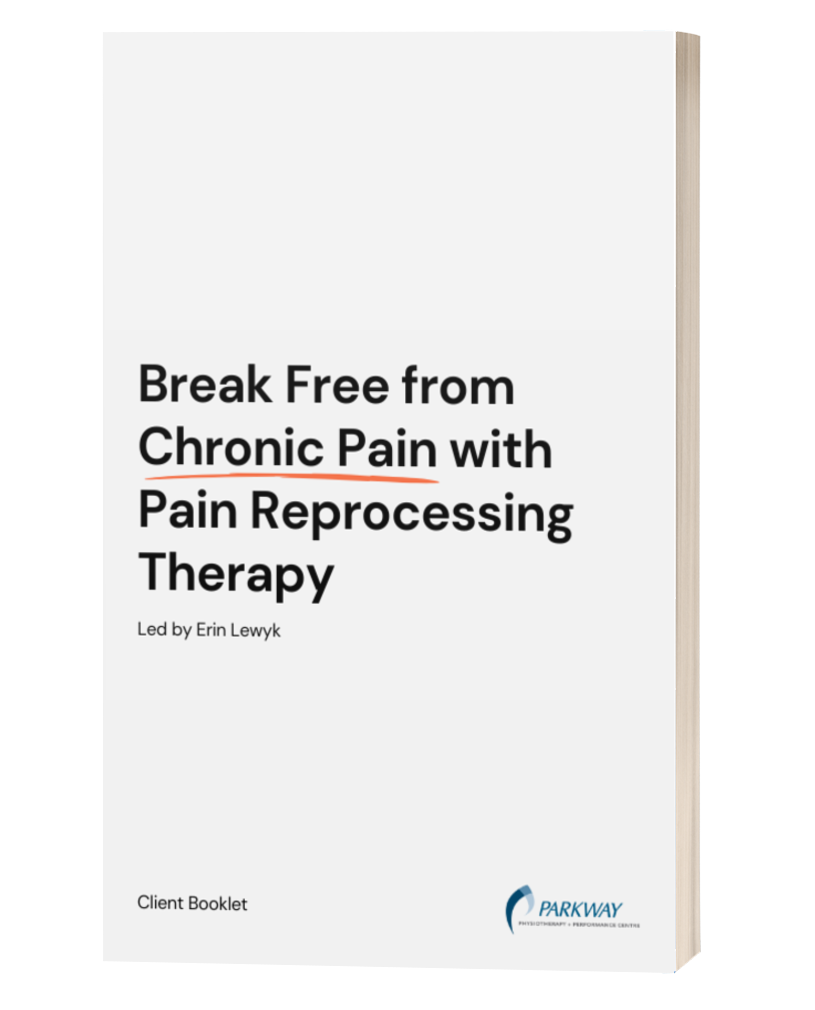Just like other joints in your body, your Temporomandibular Joint (TMJ, also known as the jaw) can be affected by arthritis, also known as Degenerative Joint Disease (DJD) or osteoarthritis of the TMJ. This condition involves the gradual breakdown of cartilage within the joint, leading to pain, stiffness, and sometimes a grating sensation (crepitus). While TMJ physiotherapy can’t reverse cartilage damage, it’s incredibly effective at managing symptoms, preserving function, and significantly improving your quality of life. The development of DJD is a complex issue that may relate to genetics, trauma, overuse, mobility issues, inflammatory conditions and more.
At Parkway Physiotherapy Tuscany Village we have a team member Kristin Looby who is a physiotherapist with a special interest and skills in treatment of the TMJ
Phase 1: Chill – Calming the Inflamed Joint 🧊
When your TMJ is arthritic, inflammation and pain are often present. The “Chill” phase is dedicated to reducing this irritation, minimizing discomfort, and creating an optimal environment for healing and pain modulation. Since the jaw is constantly in motion, gentle unloading is paramount.
Physio Approach:
- Pain-Reducing Modalities: Application of cold packs to the affected joint can help reduce inflammation and numb pain. Gentle heat may also be used to relax surrounding muscles.
- Gentle Manual Therapy: Your physiotherapist may use very gentle, non-aggressive mobilization techniques to maintain existing range of motion without irritating the joint further. These manual techniques also include treatment to the upper and mid neck (cervical spine)
- Soft Diet & Jaw Rest: Temporarily adhering to a soft food diet is crucial to reduce the load and stress on the arthritic joint, allowing it to settle and reducing pain.
- Activity Modification: Learning to avoid activities that exacerbate pain, such as extreme jaw movements or habits like chewing gum.
- Postural Awareness: Identifying and correcting forward head posture, which can increase compressive forces on the TMJ.
- Why it Works (Evidence): Conservative management is the first-line treatment for TMJ osteoarthritis. A review in the Journal of Oral & Facial Pain and Headache emphasizes that physical therapy approaches, including manual therapy and modalities, are effective for pain reduction in TMDs, including those with degenerative changes. [1]
Phase 2: Build – Enhancing Stability & Gentle Movement 💪
Once the acute pain and inflammation are more controlled, the “Build” phase focuses on maintaining or improving jaw mobility within pain-free limits and strengthening the surrounding muscles to provide better support for the joint. This helps to reduce stress on the damaged cartilage.
Physio Approach:
- Controlled, Pain-Free Range of Motion Exercises: Your physiotherapist will guide you through gentle exercises to maintain and slowly increase your jaw’s movement without causing pain. This might include passive or active-assisted opening exercises.
- Jaw Strengthening Exercises: Isometric exercises to strengthen the muscles that stabilize the jaw joint can help reduce excessive movement and better support the joint during function.
- Postural Strengthening: Exercises targeting the neck and upper back muscles are vital to improve overall head and neck alignment, which can reduce compressive forces on the TMJ.
- Breathing and Relaxation: Techniques to reduce overall muscle tension and stress, which can indirectly impact joint loading and pain perception. These can begin at any time and may well be added to your Chill phase.
- Why it Works (Evidence): For osteoarthritis in other joints, exercise and strengthening are known to improve function and reduce pain. A study in Cranio: The Journal of Craniomandibular Practice suggested that rehabilitation exercises can improve symptoms and quality of life in patients with TMJ osteoarthritis by improving muscle function and stability. [2]
Phase 3: Bridge – Sustaining Comfort & Living Actively 🚀
The “Bridge” phase is about long-term management, empowering you to live an active life despite the presence of osteoarthritis. Pain should be well-managed, and you should feel confident in your jaw’s function for everyday activities. The focus shifts to preventing flare-ups and maintaining gains.
Physio Approach:
- Gradual Diet Progression: Slowly reintroducing a wider variety of foods, with guidance on how to chew effectively and safely to minimize joint stress.
- Maintenance Home Exercise Program: A personalized program of exercises to continue strengthening, maintaining mobility, and controlling pain. This is crucial for long-term success.
- Activity Modification for Joint Protection: Learning strategies to protect your TMJ during various activities, for instance, how to yawn without overstretching the joint or how to manage stress effectively to reduce clenching.
- Ergonomic Adjustments: Ensuring your workspace, sleeping position, and daily habits support optimal jaw and neck alignment.
- Education on Flare-Up Management: Understanding how to recognize early signs of potential problems and proactively manage them.
- Why it Works (Evidence): Patient education and self-management strategies are fundamental in the long-term care of chronic conditions like osteoarthritis. The Journal of Oral Rehabilitation highlights that continuous education on joint protection and lifestyle modifications are key for maintaining functional improvements in TMD patients. [3]
Living with TMJ osteoarthritis doesn’t mean enduring constant pain. Through specialized physiotherapy, you can learn to manage your symptoms, improve your jaw’s function, and enjoy a better quality of life.
At Parkway Physiotherapy Tuscany Village our physiotherapist Kristin Looby will help you at each stage of your journey back to health. You can enjoy unhindered jaw function once again.

Written and reviewed by Kristin Looby, MPT
Published on September 25, 2025
Last updated on September 25, 2025
Book Directly in with Kristin: https://parkwayphysiotuscanyvillage.janeapp.com/#/tmj-temporomandibular-jaw
References:
[1] Armijo-Olivo, S., et al. (2016). Effectiveness of Physical Therapy Interventions for Temporomandibular Disorders: A Systematic Review. Journal of Oral & Facial Pain and Headache, 30(2), 115-128.
[2] Nitzan, D. W., & Dolwick, M. F. (2000). The role of arthroscopy in the diagnosis and treatment of internal derangements of the temporomandibular joint. Cranio: The Journal of Craniomandibular Practice, 18(4), 239-247. (While focusing on arthroscopy, it underscores the need for conservative management for DJD).
[3] Durham, J., et al. (2017). Self-management for people with painful temporomandibular disorders (TMDs): a qualitative study. Journal of Oral Rehabilitation, 44(2), 127-134.
